Whether is stacking shelves, working on a conveyor, manoeuvring stands, trestles or equipment or adding paper to the printer, most jobs involve some form of manual handling. If poorly designed or done incorrectly, manual handling can become extremely dangerous. If the risks associated with hazardous manual handling are not considered or eliminated they can result in serious or even irreversible injury.
Muscular-skeletal Disorders (MSD) are the most common work-related condition in Australia as a result of poor or unsafe manual handling procedures and environments, despite the fact there are known methods to eliminate or minimise them.
Identifying hazardous manual handling situations
A hazardous manual task is where you have to lift, lower, push, pull, carry, hold or restrain something. It can include:
- Repetitive movement
- lifting and carrying
- repetitive or sustained force
- high or sudden force
- sustained or awkward postures and
- exposure to vibration.
These factors and activities put a lot of stress on the body and can lead to a wide range of MSD.
Assessing the risk of hazardous manual tasks
Any time you are about to engage in a manual handling task it is important you carry out a risk assessment. The only time this may not be necessary is when the risk is well known, and you are already aware of how to effectively control it.
A risk assessment of manual tasks will help you identify:
- Postures, movements and forces that pose a risk and at what point they may become dangerous.
- Why they are happening and what needs to be done to fix them.
An extremely important thing to consider is identifying and managing the psychosocial risks that can increase the risk of musculoskeletal disorders.
- A well-designed work area, work procedures, ergonomically designed tools and equipment will help eliminate or reduce risk factors associated with hazardous manual tasks.
Musculoskeletal disorders
MSD may include:
- Sprains and strains of muscles, ligaments and tendons.
- Back injuries including damage to the muscles, tendons, ligaments, spinal discs, nerves, joints and bones.
- Joint and bone injuries or degeneration, including injuries to the shoulder, elbow, wrist, hip, knee, ankle, hands and feet.
- Nerve injuries or compression (for example carpal tunnel syndrome).
- Muscular and vascular disorders as a result of hand-arm vibration.
- Soft tissue injuries such as hernias.
- Chronic pain (pain that lasts longer than three months).
- Acute pain (pain that lasts less than three months).
MSD can occur:
- Slowly through gradual wear and tear caused by repeated or continuous use of the same body parts, including static body positions.
- Suddenly through strenuous activity or unexpected movements such as when loads being handled move or change position suddenly.
Elimination through design
The best and most cost-effective way to eliminate or minimise the risks associated with manual handling is to consider the hazards and risks during the design and planning stage of a workplace or a job and the equipment associated with its completion. During this stage, hazards and risks can be ‘designed out’ before they are introduced into a workplace.
There are options out there that can dramatically decrease the risks associated with manual handling. Looking into more design and task friendly options will transform safety and give an added boost to efficiency.


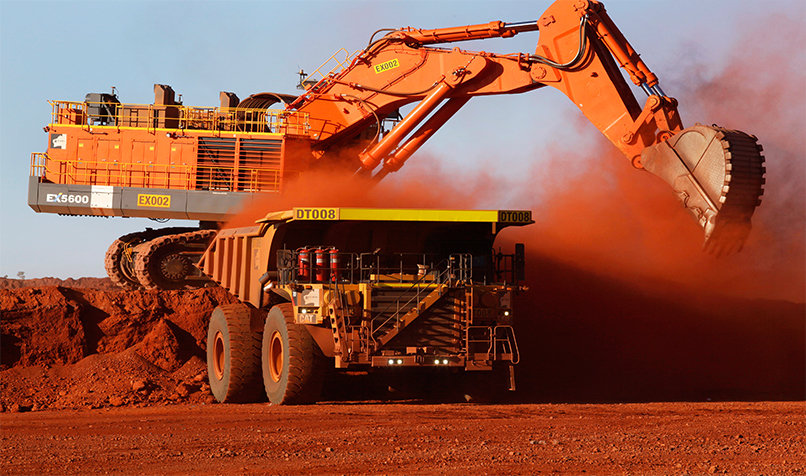
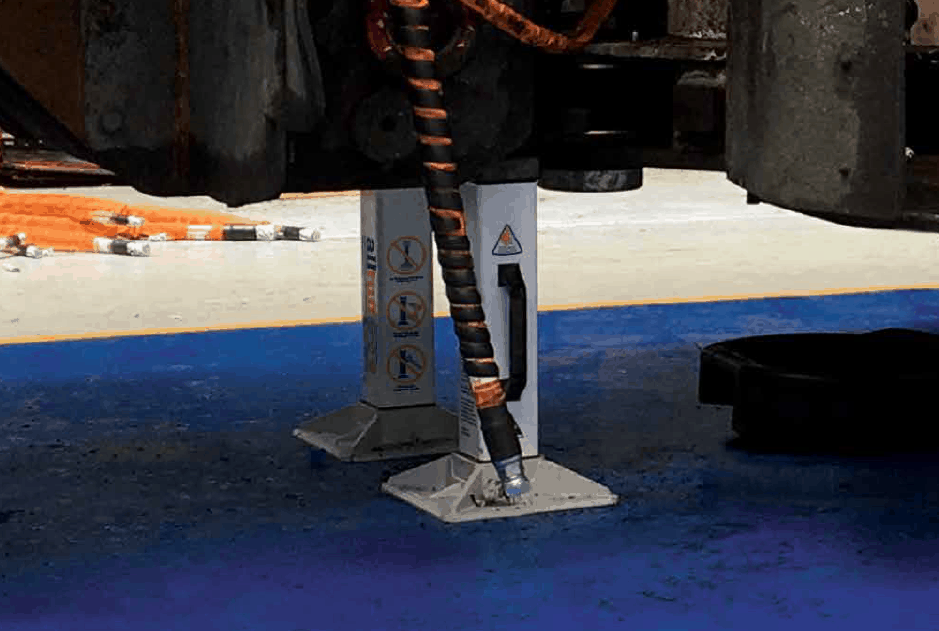
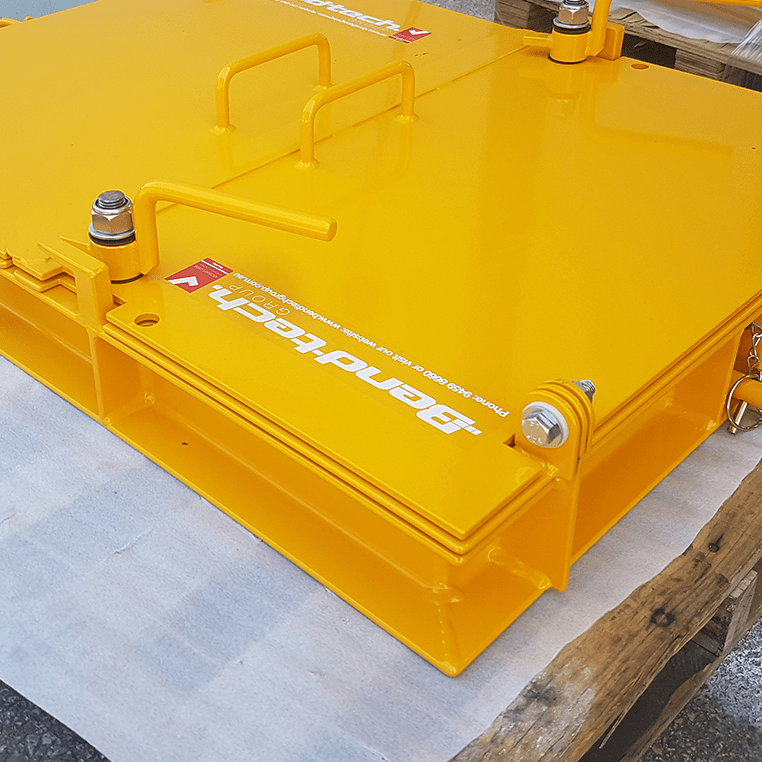
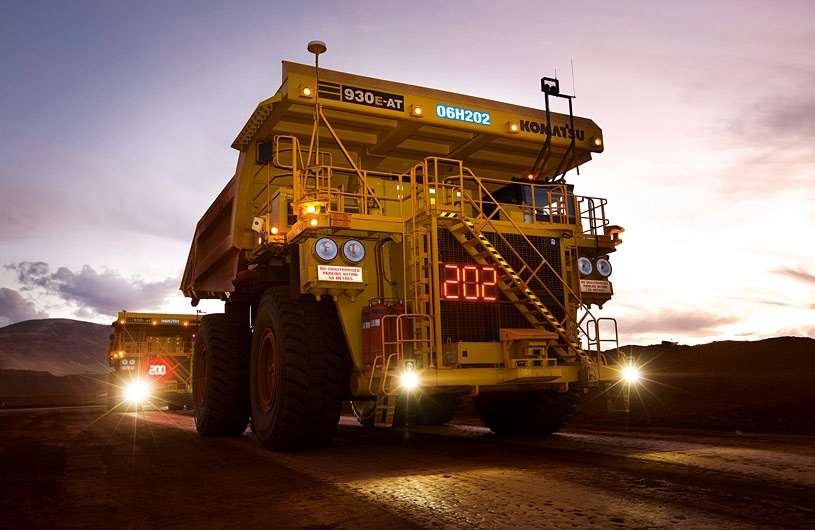
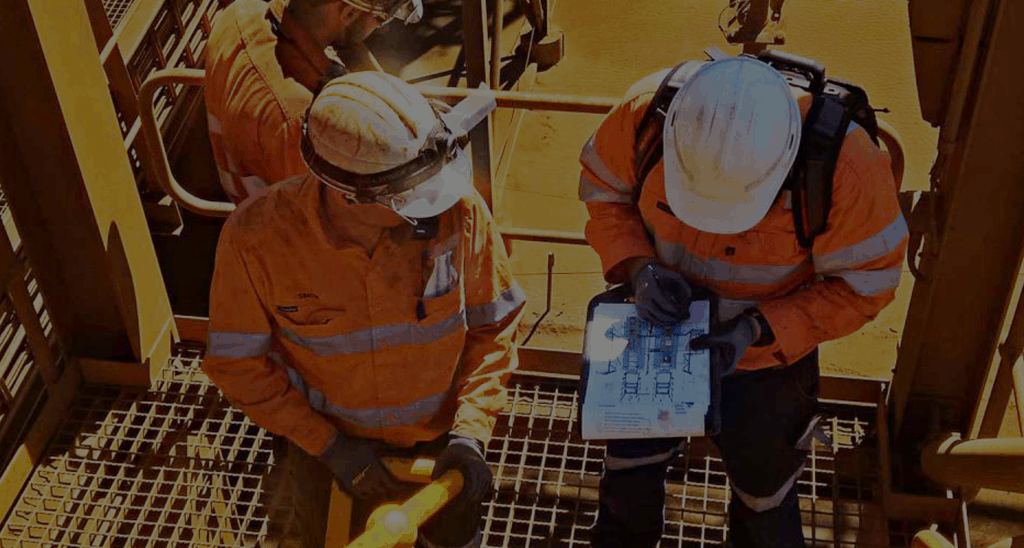
About The Author: Rhys Werndly
More posts by Rhys Werndly